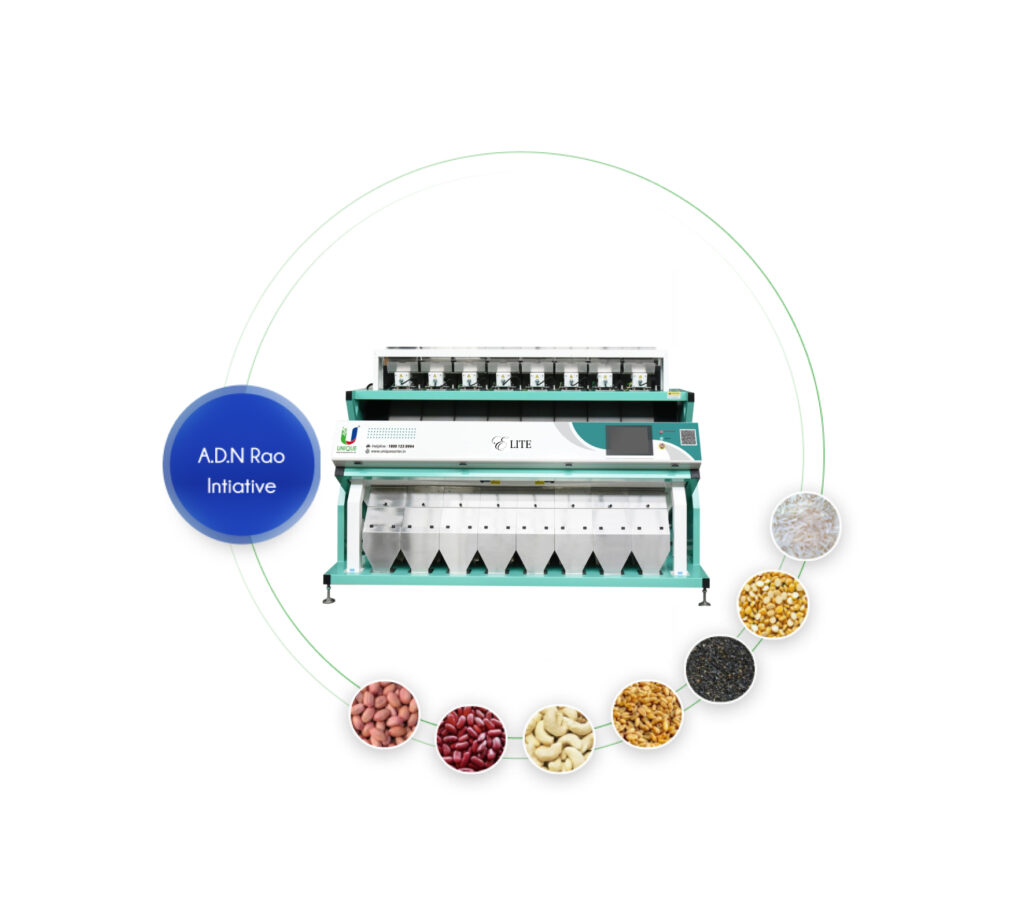Comprehensive Analysis of Price Forecasts for Important Crops in March 2024
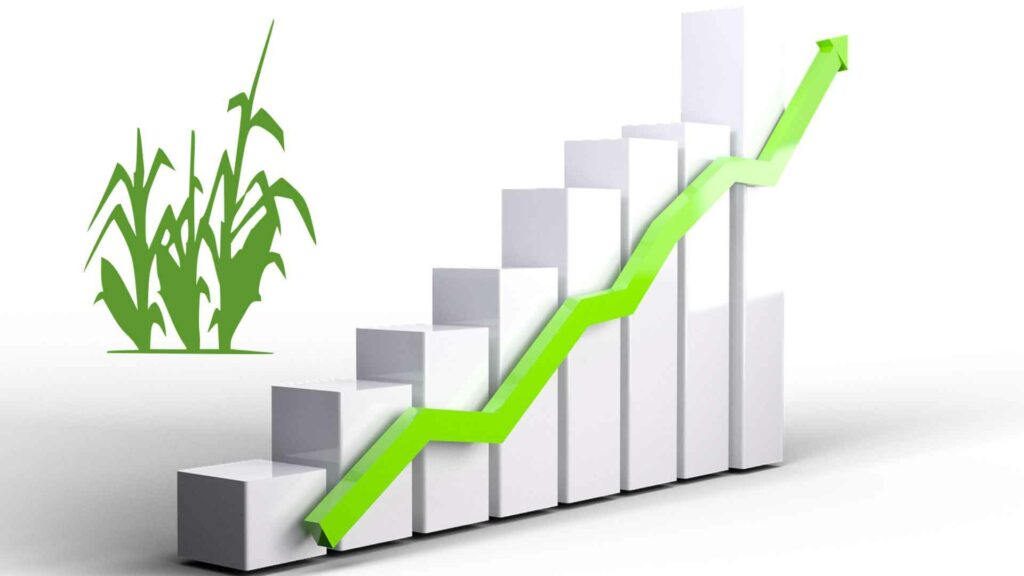
As we embark on a new month in the agricultural calendar, March 2024 brings forth a myriad of opportunities and challenges for farmers, traders, and stakeholders in the agricultural sector.
Understanding the dynamics of price forecasts for important crops is crucial for making informed decisions and navigating the ever-changing landscape of agricultural markets. In this comprehensive analysis, we delve deep into the anticipated price ranges and underlying factors influencing the market outlook for key crops in March 2024.
Insightful Analysis: Price Forecast of Important Crops – March 2024
Paddy:
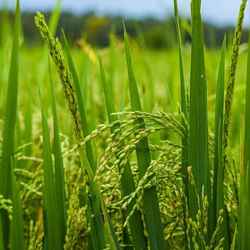
Paddy, a staple crop in many parts of the world, is anticipated to witness varying price ranges in March 2024. Grade-A and Paddy-Common are expected to trade within the price ranges of Rs. 2310-2810 and Rs. 2203-2390 per quintal, respectively. Limited supplies and steady demand from Asian and African buyers contribute to these price dynamics. Farmers cultivating paddy must closely monitor market trends to optimize their selling strategies and maximize returns.
Maize:
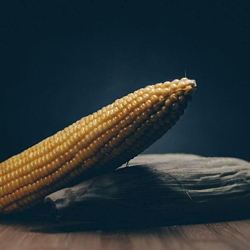
Maize, a versatile crop used in various industrial applications, is poised to trade at a price range of Rs. 2090-2340 per quintal in March 2024. Higher demand from industrial users drives these price dynamics, reflecting a favorable market sentiment for maize growers. However, fluctuations in input costs and weather patterns can impact maize cultivation, highlighting the importance of risk management strategies for farmers.
Black Gram:
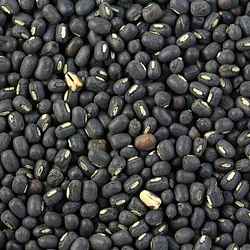
Black gram, an essential pulse crop, may trade at a price range of Rs. 7280-8030 per quintal in March 2024. Lower Rabi acreage and crop losses resulting from heavy rainfall are significant contributors to these price dynamics. Additionally, the upcoming local festive demand further influences the market outlook for black gram. Farmers cultivating black gram should consider factors such as weather forecasts and market demand to optimize their production and marketing strategies.
Redgram:
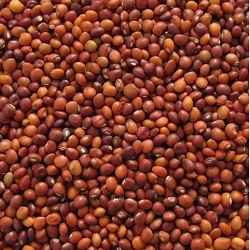
Redgram, also known as pigeon pea, is forecasted to trade at a price range of Rs. 10400-10600 per quintal in March 2024. Market dynamics such as demand-supply equilibrium and export trends play a crucial role in determining redgram prices. Farmers involved in redgram cultivation must stay abreast of market developments and leverage opportunities to enhance their profitability.
Bengalgram:
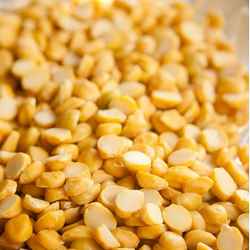
Bengalgram, a key pulse crop, may trade at a price range of Rs. 5900-6200 per quintal in March 2024. Moisture levels in the new crop above 14% and a higher percentage of green grain influence market preferences, leading millers to prefer buying old stock. Farmers cultivating Bengalgram should focus on post-harvest management practices to maintain grain quality and meet market demand effectively.
Groundnut:
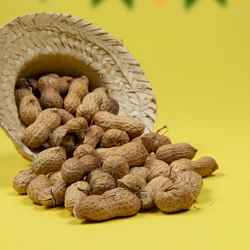
Groundnut, a popular oilseed crop, is expected to trade between Rs. 6650-7050 per quintal in March 2024. Market dynamics such as export demand, input costs, and weather patterns contribute to price fluctuations in the groundnut market. Farmers engaged in groundnut cultivation must adopt sustainable farming practices and explore value-added opportunities to remain competitive in the market.
Soyabean:
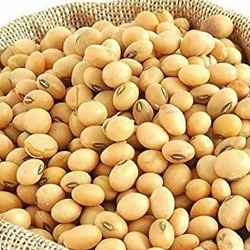
Soyabean, a major oilseed crop, may trade at a price range of Rs. 4400-4800 per quintal in March 2024. Factors such as export demand and crushing activity influence soyabean prices, highlighting the interconnectedness of global markets. Farmers involved in soyabean cultivation should monitor international market trends and adjust their production strategies accordingly.
Castor:
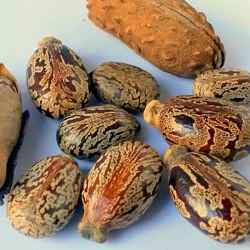
Castor, a valuable industrial crop, is anticipated to trade at a price range of Rs. 5400-5600 per quintal in March 2024. Market dynamics such as demand from various industries and input costs impact castor prices. Farmers cultivating castor should focus on enhancing productivity and exploring niche markets to capitalize on the demand for castor-based products.
Cotton:
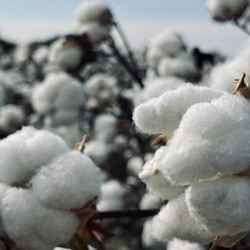
Cotton, a significant cash crop, is likely to trade between Rs. 6550-6850 per quintal in March 2024. Good demand from countries such as China, Bangladesh, and Vietnam bolster cotton prices, reflecting the global nature of the cotton market. Farmers engaged in cotton cultivation should adopt modern farming techniques and adhere to quality standards to meet the diverse needs of domestic and international buyers.
Chilli:
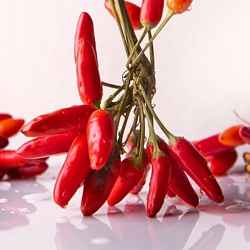
Chilli, a popular spice crop, may trade at a price range of Rs. 19500-20000 per quintal in March 2024. The Teja variety experiences robust demand for export, particularly from countries such as Vietnam, Bangladesh, Sri Lanka, and China. Farmers cultivating chilli should focus on quality assurance and explore value addition opportunities to capitalize on export demand effectively.
Turmeric:

Turmeric, a versatile spice crop, is anticipated to trade at a price range of Rs. 10800-11100 per quintal in March 2024. Higher demand during upcoming festivals, delayed harvesting, and lower ending stocks contribute to favorable market conditions for turmeric growers. Farmers involved in turmeric cultivation should focus on post-harvest handling and market intelligence to optimize their selling strategies and enhance profitability.
Conclusion:
In conclusion, March 2024 presents a dynamic landscape for agricultural markets, with various factors shaping the price forecasts for important crops. Farmers, traders, and stakeholders must stay informed and agile to navigate through these fluctuations effectively. By leveraging market intelligence, adopting sustainable practices, and exploring value-added opportunities, agricultural stakeholders can maximize returns and contribute to the resilience and sustainability of the agricultural sector.
References
Get A Quote
Related Post
Discover the art of precision with our color sorter: revolutionizing sorting processes with unparalleled accuracy and efficiency.
Elite Rice Colour Sorter Machine
Elevate your rice sorting efficiency with precision, innovation, and reliability.

Elite Corn Color Sorter Machine
Elite Corn Color Sorter Machine, powered by the revolutionary Jarvis system and Smart vision technology.

Elite Coffee Bean Sorter Machine
Elite Coffee Bean Sorter Machine, a pinnacle of precision and efficiency in the world of coffee sorting technology.


